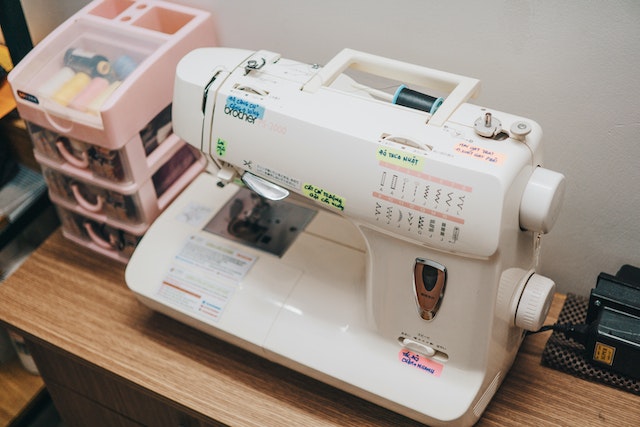In the age of technology, cutting-edge innovations are transforming various industries. Among these innovations, digital cutting machines have emerged as a versatile and indispensable tool. These machines have revolutionized the way we cut, shape, and create intricate designs with precision and efficiency. In this blog, we’ll delve into the world of Digital cutting machine and explore their applications, features, and benefits.
1. Introduction to Digital Cutting Machines
Digital cutting machines, often referred to as CNC (Computer Numerical Control) cutting machines, are advanced devices that use computer-controlled technology to accurately cut, engrave, and shape various materials. These machines have made significant inroads into industries like manufacturing, crafting, and design.
2. Types of Digital Cutting Machines
a. Laser Cutters
Laser cutting machines utilize a high-intensity laser beam to precisely cut or engrave materials such as wood, metal, acrylic, and more. They are ideal for intricate and detailed work and find applications in industries ranging from manufacturing to the arts and crafts.
b. CNC Routers
CNC routers use computer-controlled movements to cut and shape materials like wood, plastic, and composites. They are popular in woodworking, signage, and prototyping.
c. Vinyl Cutters
Vinyl cutters are designed for cutting adhesive-backed vinyl sheets, making them perfect for creating stickers, decals, and other graphics. They are widely used in the sign-making and graphics industry.
d. Waterjet Cutters
Waterjet cutting machines employ a high-pressure jet of water mixed with abrasive materials to cut a wide range of materials, from metals to ceramics. They are known for their ability to cut intricate shapes with high precision.
3. Applications of Digital Cutting Machines
Digital cutting machines have an extensive array of applications across various industries:
a. Manufacturing
In manufacturing, CNC cutting machines are used for precise fabrication of components, cutting intricate shapes, and creating prototypes.
b. Fashion and Textiles
Textile industries use digital cutting machines to cut fabrics with incredible accuracy, enhancing the quality and speed of production.
c. Signage and Graphics
Vinyl cutters are crucial in the signage industry for creating lettering, logos, and graphics for a wide range of applications, from vehicle wraps to storefront displays.
d. Arts and Crafts
Digital cutting machines have become indispensable tools for artists and hobbyists, enabling them to explore intricate designs and craft projects.
4. Benefits of Digital Cutting Machines
a. Precision
One of the most significant advantages of digital cutting machines is their precision. They can execute complex designs with microscopic accuracy, reducing waste and improving product quality.
b. Efficiency
Digital cutting machines can work tirelessly, 24/7, without fatigue. This automation increases productivity and reduces production time.
c. Versatility
These machines can work with various materials, from delicate fabrics to tough metals, making them highly versatile and adaptable to different industries.
d. Cost-Efficiency
While the initial investment might be substantial, digital cutting machines ultimately reduce labor costs and material wastage, resulting in long-term cost savings.
5. Choosing the Right Digital Cutting Machine
When selecting a digital cutting machine, it’s essential to consider factors such as the specific application, material compatibility, and budget. Research different models, read reviews, and seek expert advice to make an informed decision.
